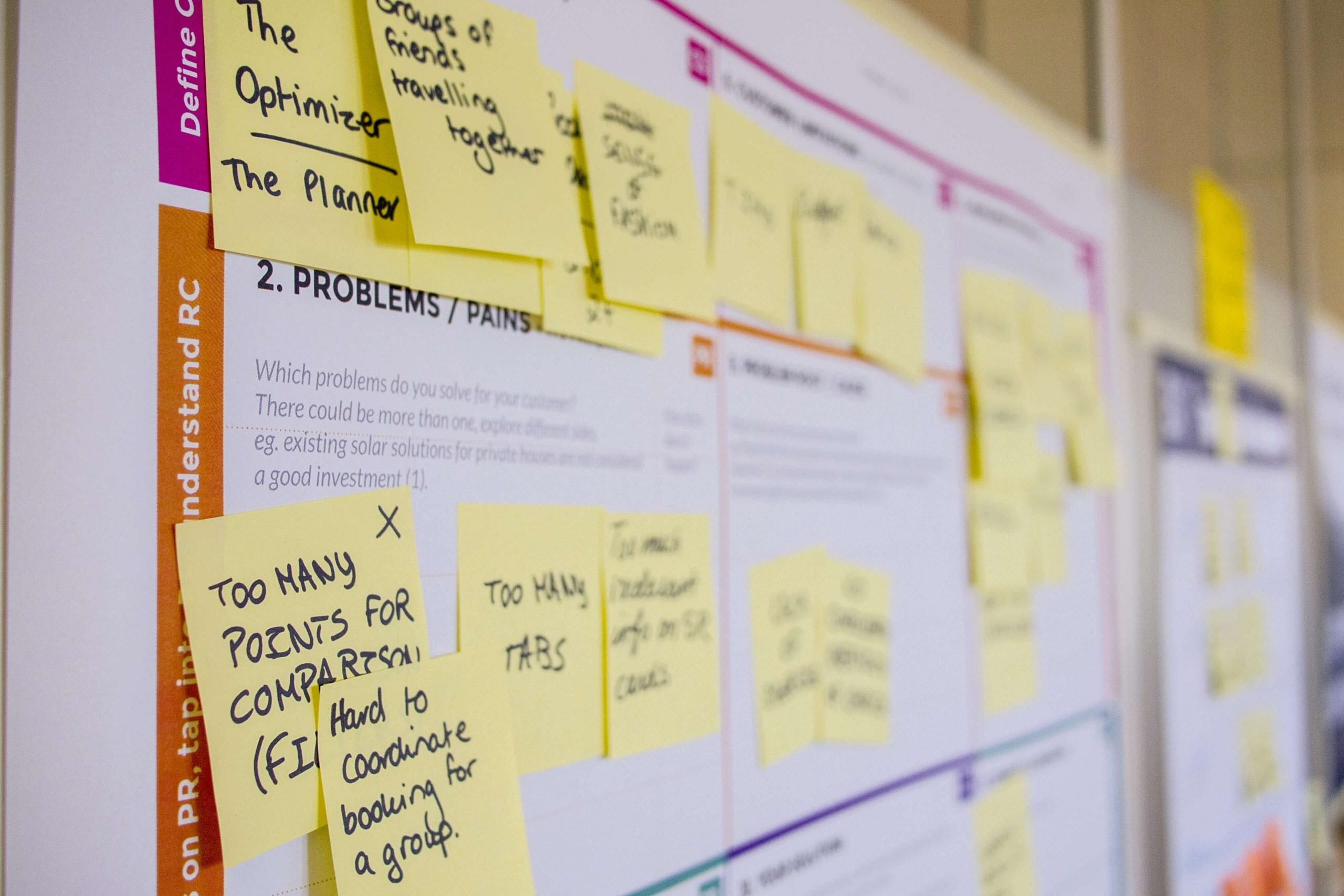Actualmente, comenzamos a ver en los escenarios laborales las palabras “SCRUM” y “AGILISMO” protagonizando los procesos de principio a fin. Pueden visualizarse los equipos ir y venir de ceremonias y a uno que otro repetir “somos ágiles” y la pregunta aquí es que tan cierta es esa afirmación dentro de las empresas.
It is important to analyze:
When there are new developments that impact the development of projects, are we really flexible and agile?
In the face of non-conformities, we continue to receive answers such as “we have already committed to that date”; although it is important to plan, short, medium and long term commitments must be generated from each of the parties and/or members that make up the development teams; therefore, it is essential to identify the role of each one of them and that real commitments are made in order to ensure an assertive merger towards a clear and realistic objective.
Hand in hand with the processes, slack must be contemplated in the estimates without going against agility and its flexibility, achieving an integration of these two is a staging that ensures the generation of strategies and successful results
Being really flexible, the visualization of the need to be met and the prioritization facilitated from a backlog allow estimating efforts based on the real capacity of the team and/or roles involved in the processes, some examples are:

- Does the information extraction technique allow to have a vision of the process lifeline?
- Is it necessary to schedule a new meeting to go deeper into the subject?
- Is it necessary to schedule a new meeting to go deeper into the subject?
- Does the process owner know the pains of the operation?
- Are the inputs to the process identified?
- Does the process affect other areas?
- With the information collected, can an improvement proposal be initiated?
- What is the time commitment of the users/customers in the process?
- What is the level of complexity of the process?
- Is this a mature and standardized process?
- What is the level of commitment of the process to ensure an assertive Inception and/or immersion?
- Are there any members of the process who are reluctant to change?
- Is the information delivered by the process necessary?
- What is the minimum viable product expected by the user/customer?
- Does the need expressed by the user/customer match the reality of the process?
- Is it necessary to implement a process standardization and socialization phase?
And how does process reengineering enter here?
Initially, it is important to validate what is being done, the analysis, tools and methodologies such as 5 Why, Kaizen, among others that facilitate the knowledge of gaps, bottlenecks and developments that impact management and limit the visibility of results in less time and the contribution of value to operations within the organization.
This first phase of immersion should not be seen as an eternal meeting, but as a moment where the scope of the need to be addressed within the development of automation is identified and in parallel, visualizing with the development team the way in which it interacts with applications and integrated services within the operation.
The silo effect could be one of the major drawbacks that are evident in the process reengineering phase, this refers to the inconvenience in communication between areas when setting priorities during the phase of leaving behind the traditional methodology and join a process management and especially when talking about Agile.
The silo effect could be one of the major drawbacks that are evident in the process reengineering phase, this refers to the inconvenience in communication between areas when setting priorities during the phase of leaving behind the traditional methodology and join a process management and especially when talking about Agile.
One of the great advantages of the union of these 3 great allies (Agile, Processes and Automation) is the ability to visualize and centralize risk elements; allowing an agile evaluation and improvement proposals for the achievement of goals and/or objectives of greater projection
The improvement of processes, finally, allows supporting change management, integrating relevant information of the process and most importantly, avoiding the automation of inefficiencies; achieving processes with greater permanence in time.








0 Comments